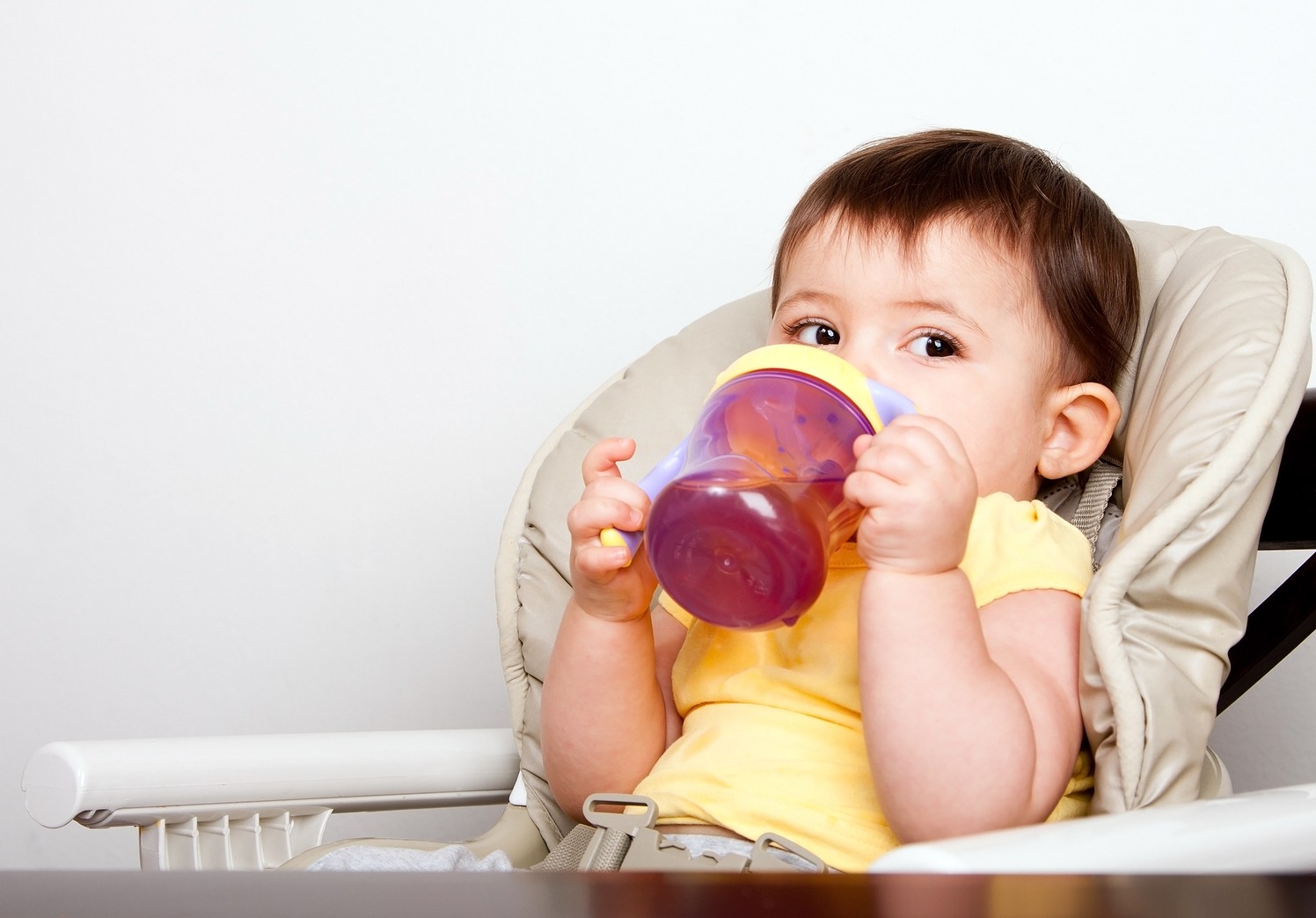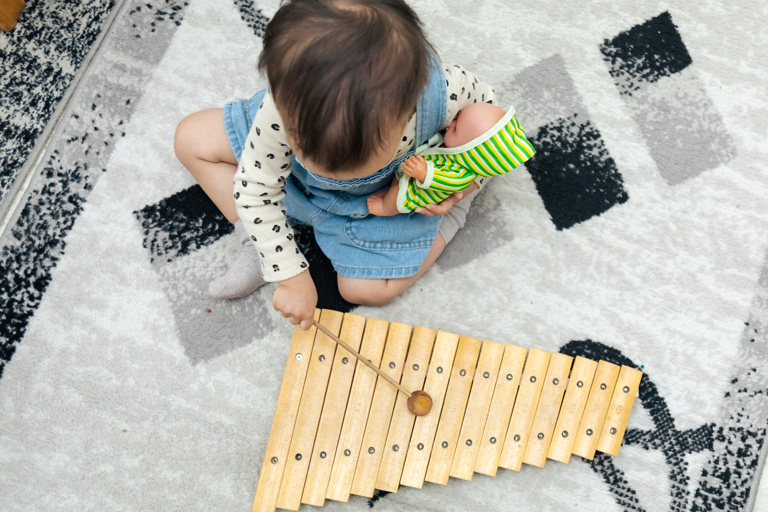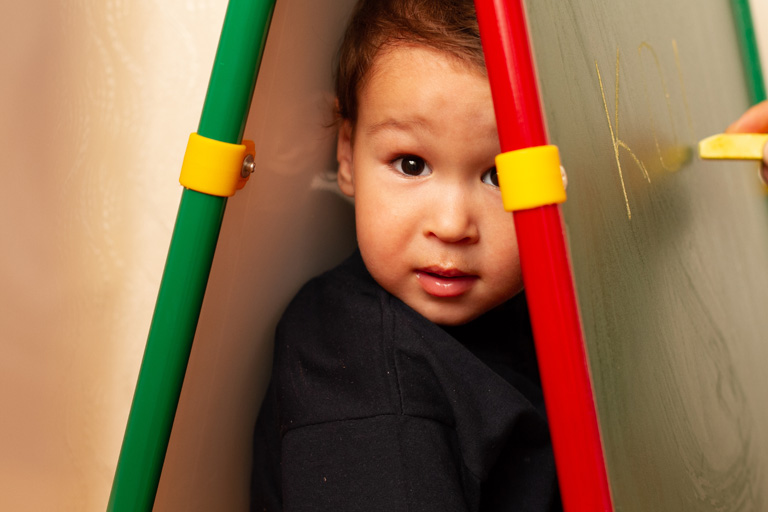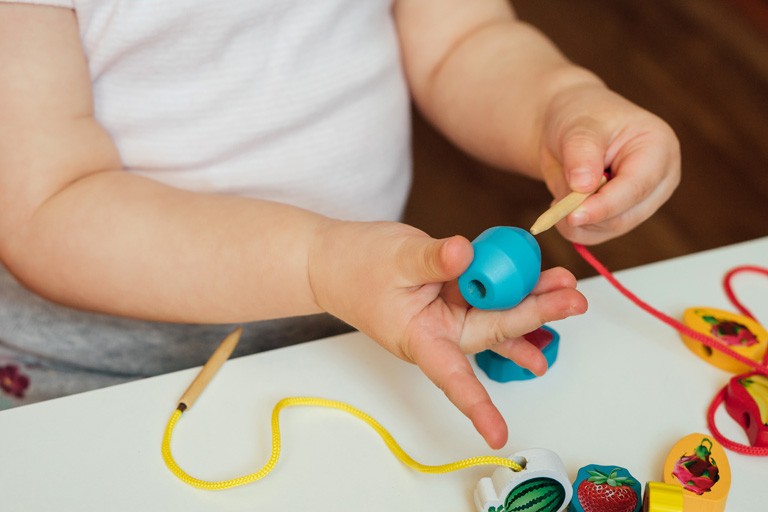
How Does My Parental Screen Time Impact My Child’s Development?
October 5, 2018
7 Parenting Tips on Building Self-Esteem and Self-Reliance in Young Children
October 22, 2018By Tamara Guo, M.Ed. TEIS Developmental Specialist & Independent Evaluator
The sippy cup (aka a child’s cup with a spouted lid) has been around for a long time. How do I know this? Because I am about to turn 51 years old and I just threw away my own Tommee Tippee sippy cup that I found while cleaning out my parent’s kitchen! However, today’s modern non-spill version of the sippy cup was invented by an engineer named Richard Belanger in the 1980’s because he was tired of his kids’ spills on his living room carpet. Belanger initially sold the cups himself, but in the 1990’s he sold his patent to Playtex and the rest is history. Every new parent from then on assumed that babies should transition from breast or bottle to a sippy cup of some sort before they were ready to use a straw or regular open lip cup.
Melanie Potock, a licensed speech therapist and pediatric feeding expert who runs My Munch Bug , told me at a feeding training I attended a few years ago, that there is no developmental progression from bottle or breast to sippy cup, the cup was simply invented by an engineer Dad who wanted to keep his carpets clean! And that’s the truth.
So why do therapists, pediatricians and dentists have a beef with sippy cups?
Accidents: A 2012 a Journal of Pediatrics study found that every four hours a child under the age of 3 is treated in the emergency room for an injury caused by a bottle, pacifier or sippy cup. Because children are carrying sippy cups around often when they are just learning to walk, are new walkers or are running, related fall injuries such as facial lacerations and chipped and broken teeth can occur.
Bad Habits: We are a busy on-the-go society, but at the same time as therapists we find that parents still do want their children to learn to sit at the table for meals. Carrying around a sippy cup during all waking hours does not promote sitting at the table for meals and/or drinks. To teach open cup or straw drinking a toddler needs be positioned well and seated comfortably in a high chair or booster seat with feet supported.
Dental Concerns: The American Academy of Pediatric Dentistry says that the sippy cup “shouldn’t be used for a long period of time – it’s not a bottle and it’s not a pacifier.” Many toddlers and preschoolers are given sippy cups to use for far too long. Both milk & juice contain sugars that coat the teeth and for children who rely on and carry around a sippy cup all day long this can lead to tooth decay. The American Academy of Pediatrics advises parents to discontinue the bottle and move straight to open cup drinking by age 18 months.
Swallowing Issues: Developmentally, although parents believe it is a big step, drinking from a sippy cup is really no different than drinking from a bottle nipple. It is still an immature suckle pattern. Children who use sippy cups for prolonged periods can also have forward resting tongue positions or tongue protrusion issues. Drinking from a straw or open cup promotes a more mature swallow pattern and requires more use of the lips, tongue, cheeks and jaw. When drinking from an open cup or straw, the tip of the tongue elevates behind the top teeth to push the liquid back to swallow. When drinking from a sippy cup, the spout is in the way, impeding the tip of the tongue from elevating. This creates an abnormal swallowing pattern, rather than a correct one (Bahr, 2010).
Speech Concerns: Will all children who use a sippy cup have speech concerns? Doubtful. But good oral motor skills are necessary for good speech development. If a child has poor oral motor control, poor lip closure, poor tongue movement or lacks a mature swallowing pattern then in turn producing some speech sounds and imitating words and phrases can be difficult or delayed. This is why when we see children with speech delays for therapy we recommend parents switching from a sippy to a straw or open cup drinking whenever possible.
Cleanliness: One ongoing concern with all cups that use a non-spill mechanism is mold growth. Be sure to take cups apart and thoroughly clean them!
What’s the good news?
Well, the good news is that if, like the engineer who invented it, clean carpets are your main concern than today’s market now offers no spill straw cups and no spill regular lips cups. These no spill versions are much preferred by therapists over the traditional spouted sippy cup because although they are no-spill, they still promote more mature swallowing patterns and good oral motor skills.
In addition, it is possible to teach babies under 12 months of age to drink from a straw! You can find You Tube videos on teaching straw drinking. When teaching open cup drinking to your baby or toddler you can begin by using very TINY cups such as the cap from a mouthwash bottle or shot glass sized red solo cups. Also the bath tub and indoor/outdoor water play time is great way to practice these skills.
Happy drinking!
Sources: Bahr, D (2010). Nobody Ever Told Me (or My Mother) That! Everything from Bottles and Breathing to Healthy Speech Development. Arlington: Sensory World.
Let’s Talk About Sippy Cups by Rinda Graybill, SLP (former TEIS speech therapist)
https://abcnews.go.com/Health/bottles-sippy-cups-pose-injury-risks-babies/story?id=16330989
American Academy of Pediatrics
American Academy of Pediatric Dentistry


 Send to a friend!
Send to a friend!


